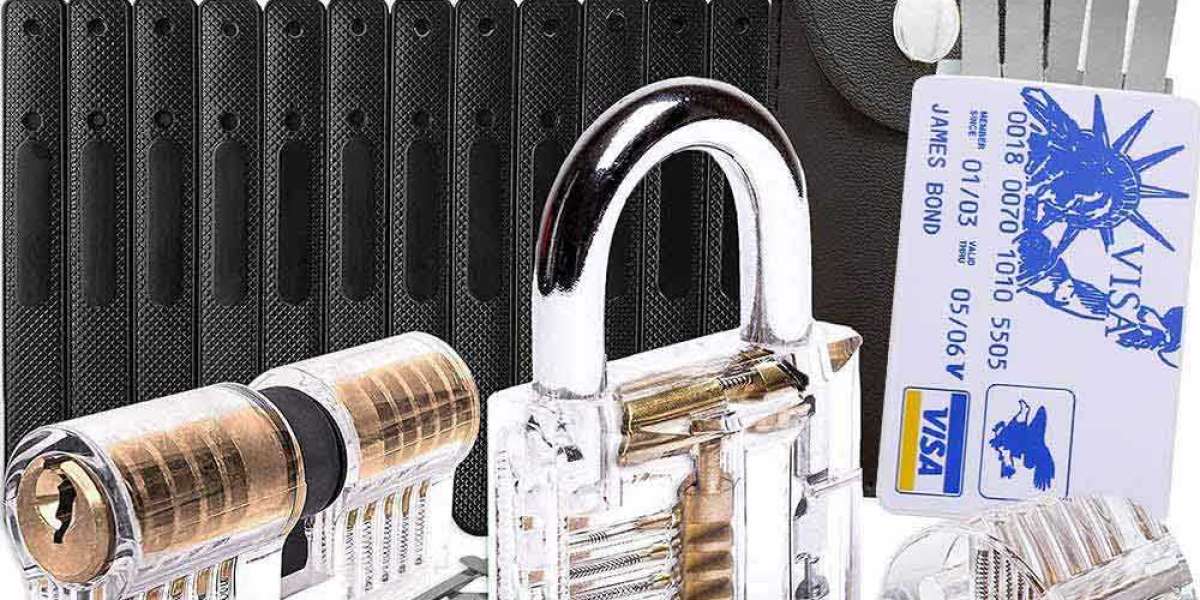Lock picking, while commonly associated with illicit activities, is a skill that can be learned and mastered for legitimate purposes. In this article, we will explore the techniques and tools used in lock picking, emphasizing the importance of responsible use and ethical considerations.
Understanding the Basics of Locks (100 words)
Before delving into lock picking, it's crucial to grasp the fundamental components of a lock. A standard pin tumbler lock consists of pins that align with a series of chambers within the lock cylinder. By applying the right amount of tension to the lock, combined with precise manipulation of the pins, one can successfully open the lock without the original key.
Essential Tools for Lock Picking
To begin your lock picking journey, you'll need a basic set of tools. The most common tools used by lock pickers are:
- a) Tension Wrench: This tool is used to apply rotational pressure to the lock cylinder, mimicking the action of a key turning in the lock.
- b) Picks: Lock picks come in various shapes and sizes, such as hooks, rakes, and diamonds. They are designed to manipulate the individual pins within the lock cylinder.
The Techniques of Lock Picking
- a) Tensioning: Start by inserting the tension wrench into the bottom of the keyway, applying slight rotational pressure in the direction the key would turn. Maintain steady tension throughout the process.
- b) Single Pin Picking: Using a suitable pick, gently lift each pin within the lock cylinder, starting from the back and working your way forward. Apply slight upward pressure while searching for the binding pin, which will feel resistant compared to the others. Gradually lift the binding pin until it reaches the shear line, and repeat the process with the remaining pins until the lock turns.
- c) Raking: Raking is a faster but less precise technique. Insert a rake pick into the keyway and rapidly move it in and out while applying slight tension. The goal is to bounce the pins, allowing them to set at the shear line simultaneously.
Ethical Considerations and Legalities
Lock picking should only be practiced on locks you own or have permission to pick. Engaging in unauthorized lock picking is illegal and unethical. It is crucial to respect the privacy and security of others. Knowledge of lock picking should be used responsibly and with the intent of improving security systems rather than compromising them.
Lock picking is an ancient skill that, when practiced responsibly, can deepen your understanding of locks and enhance your ability to protect yourself against potential security vulnerabilities. Remember to act within the confines of the law, maintaining ethical standards, and promoting the responsible use of lock picking knowledge. When happen to this situation, buy locksmith tools at bestlockpicks.com is necessary!








